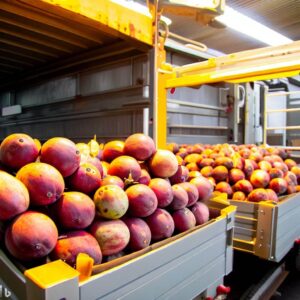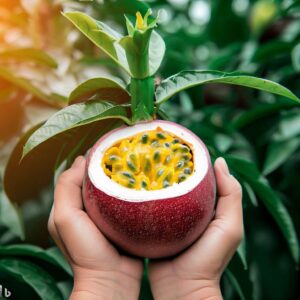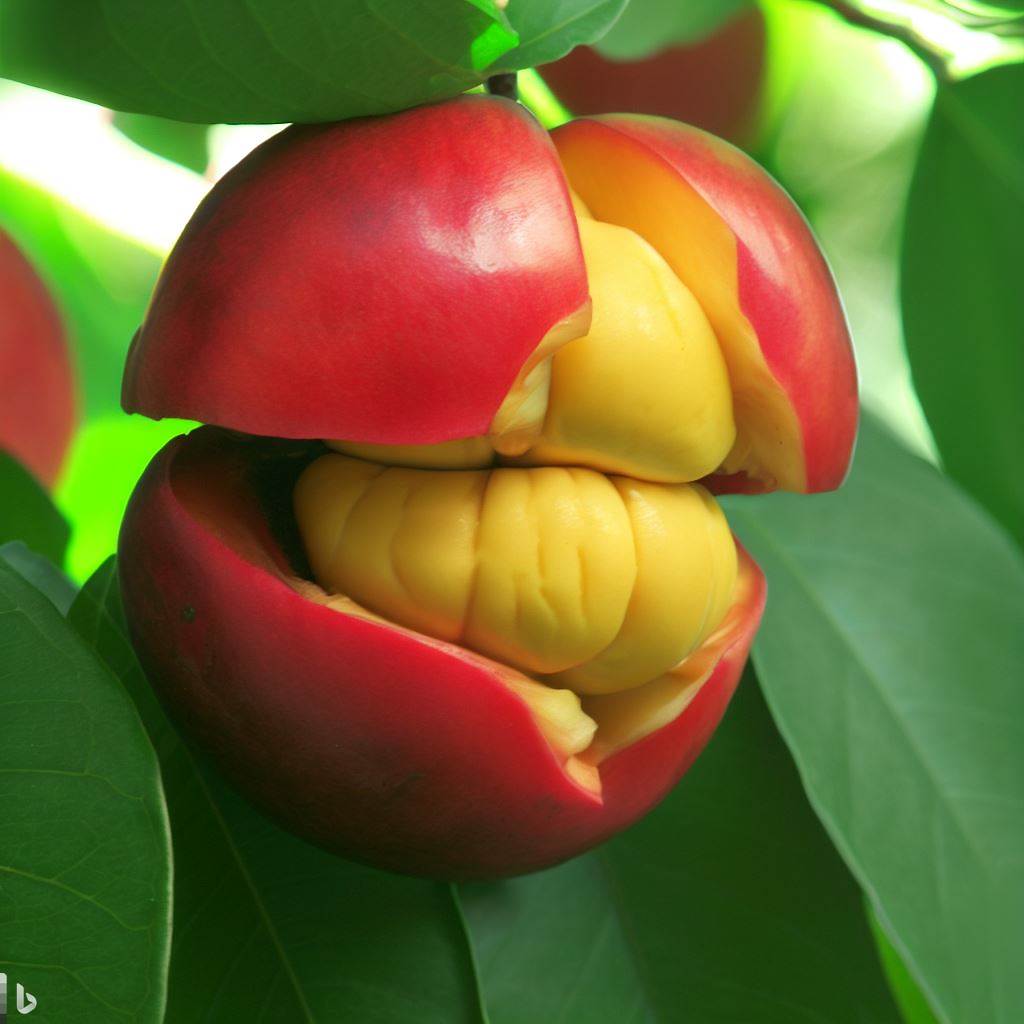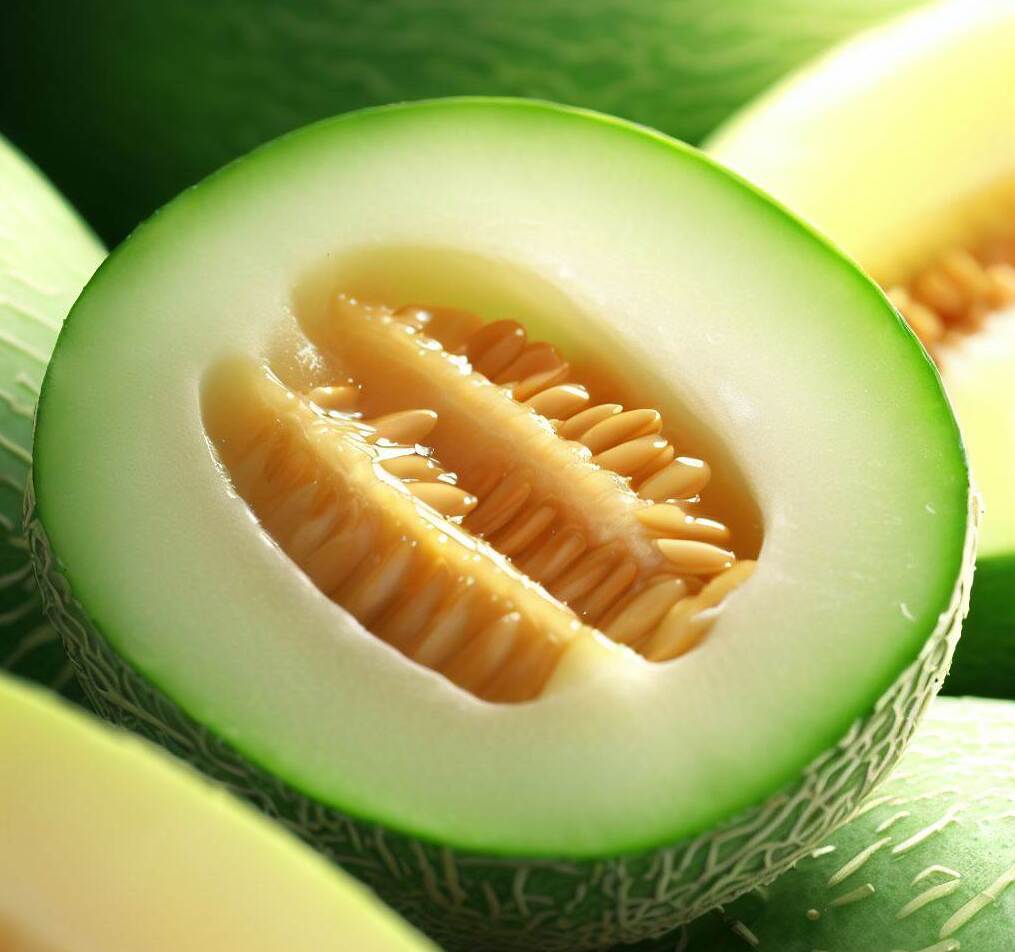Introduction
The growing popularity of passion fruit worldwide has led to an increased need for understanding the journey this unique fruit takes from the vine to our tables. As consumers, it’s essential to grasp the process behind cultivating, nurturing, harvesting, transporting, and packaging passion fruit to ensure we can fully appreciate its flavors and benefits.
What is Passion Fruit?

Passion fruit, also known as Pass flora edulis, is a tropical fruit native to South America. Passion Fruit found in different varieties, such as purple passion fruit and yellow passion fruit. With a rich history dating back centuries, passion fruit has captivated cultures across the globe with its distinct taste and vibrant appearance.
Cultivating Passion Fruit
To successfully cultivate passion fruit, specific climate and soil conditions must be met. This fruit thrives in warm, subtropical areas with well-drained soil. Additionally, passion fruit vines require adequate support structures and should be planted in a location that receives plenty of sunlight.
Nurturing and Harvesting
Growing healthy passion fruit vines involves essential care and maintenance. Daily watering, and fertilizing are necessary to ensure optimal growth. Recognizing signs of maturity, such as the colors of fruit and texture, is crucial for determining when they are ready for harvesting. Farmers utilize various techniques and tools to harvest passion fruit efficiently, ensuring maximum yield.
Transporting and Packaging

Transporting delicate passion fruits presents challenges due to the fruit’s fragile nature. To overcome this, advanced technology and methods are used to preserve the fruit during transportation. Vacuum packaging, controlled temperature storage, and specialized containers help maintain the freshness and quality of the passion fruit until it reaches its destination.
Passion Fruit Supply Chain
The passion fruit supply chain involves multiple key players, including farmers, distributors, and exporters. Farmers play a vital role in growing and supplying the fruit, while distributors handle the logistics of transporting passion fruit to different markets. Exporters facilitate the global distribution, ensuring the fruit reaches consumers worldwide. Each stage of the supply chain comes with its own set of challenges, including quality control, perishability, and market demand fluctuations.
Processing Passion Fruit
After harvest, passion fruit goes through various processing methods to make use of every part of the fruit. Juice and pulp extraction is a common processing technique, utilized in the production of beverages, desserts, and sauces. Additionally, passion fruit by-products, such as seeds and peels, can be repurposed for culinary applications or transformed into nutritional supplements.
Passion Fruit in Culinary Delights
Passion fruit is a delicious tropical fruit that adds a unique and exotic flavor to various culinary delights. From exotic cocktails to tropical desserts, passion fruit adds a tangy, aromatic touch. The fruit’s health benefits, including high levels of vitamins A and C, further contribute to its appeal in culinary creations.
The Global Demand for Passion Fruit

Passion fruit has experienced a significant surge in consumer demand globally. Factors such as changing dietary preferences, increased awareness of healthy eating, and the rising popularity of tropical flavors have driven this trend. Analyzing export and import statistics reveals a steady growth trajectory for passion fruit, indicating its promising market potential.
Sustainable Passion Fruit Practices
Recognizing the importance of sustainability in passion fruit cultivation, initiatives and certifications have emerged to promote environmentally friendly farming methods.
Passion Fruit Industry Challenges
Passion fruit growers and exporters face several challenges in maintaining a sustainable business. Managing pests and diseases that can damage passion fruit vines requires ongoing vigilance and effective pest control methods. Additionally, market fluctuations, including changes in consumer demand and price volatility, can significantly impact the profitability of passion fruit businesses.
Passion Fruit Trade Regulations
Trade regulations and import/export policies play a crucial role in the passion fruit industry. Quarantine measures and quality standards aim to protect against the spread of pests and diseases. Import tariffs and international agreements influence the pricing and competitiveness of passion fruit in global markets.
Passion Fruit Varieties and Hybrids
Passion fruit varieties and hybrids offer exciting options for consumers and cultivators alike. Different varieties showcase variations in taste, appearance, and texture. Additionally, ongoing breeding programs focus on developing new passion fruit varieties to meet evolving market demands, ensuring a diverse and sustainable industry.
Passion Fruit Market Opportunities
Emerging markets present exciting opportunities for passion fruit producers and entrepreneurs. As passion fruit gains popularity worldwide, demand is growing not only for fresh fruit but also for passion fruit products such as juices, jams, and cosmetics. Keeping pace with current market trends and consumer preferences allows for innovative business development within the passion fruit industry.
Passion Fruit Industry Innovations
Technological advancements continue to revolutionize passion fruit cultivation and processing. From automated irrigation systems to precision harvesting machinery, these innovations improve efficiency and productivity. Novelty products and applications, such as passion fruit-infused chocolates or skincare products, highlight the versatility and ever-expanding potential of passion fruit.
Summary: The Journey of Passion Fruit
Understanding the intricate journey of passion fruit, from vine to table, is essential to fully appreciate this unique fruit. From cultivation to processing, every step requires care and attention. By recognizing the challenges, harnessing market opportunities, and embracing sustainability, the passion fruit industry can continue to thrive and delight consumers worldwide.
FAQs
Can I grow passion fruit at home?
Yes, you can grow passion fruit at home as long as you have suitable climate conditions and adequate space for the vines to grow.
How long does it take for passion fruit to mature?
Passion fruit typically takes around 80 to 100 days from flowering to reach maturity, although this can vary depending on the variety.
How can I support sustainable passion fruit farming practices?
You can support sustainable passion fruit farming practices by choosing certified organic or sustainably sourced passion fruit products, supporting local farmers, and advocating for responsible agricultural practices.
Conclusion
Passion fruit’s journey from vine to table is a remarkable process that embodies the dedication and expertise of farmers, distributors, and consumers alike. Its uniquely tangy flavor and versatility in the culinary world make it an intriguing fruit to explore. By understanding and supporting the passion fruit industry, we can savor the joy it brings to our taste buds while contributing to sustainable farming practices and economic growth. So, let’s embark on this flavorful adventure and embrace the extraordinary allure of passion fruit.




